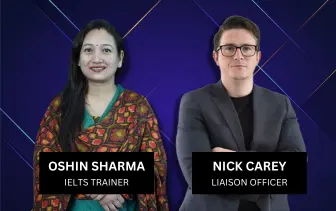
Overview
The IELTS reading practice exam is developed as a tool to assess your reading skills, which involve understanding the texts' substance, reading for detail, grasping the concepts, understanding logical reasoning, skimming, and recognising the author's perspectives and viewpoints. The IELTS reading test comprises 40 questions in diverse categories for general and academic, which need to be completed in 60 minutes.
Before preparing for the test, it is very crucial to understand the type of questions which are covered in the IELTS reading exam. Therefore, in this blog, let’s explore the type of questions asked in the IELTS reading test.
Question Types in Reading Test
Whether it’s IELTS academic or general, always remember that every passage usually has 3 to 4 varied types of questions. That’s why you must practice each type of question and answer with precision. Check out the list mentioned below for a briefing on each question type.
Matching Heading
In matching heading questions, your task will be to choose a heading from the list below the question that matches a section or paragraph of the text. Test-takers must identify the difference between the main idea and supporting points, and understand the overall sections in order to do best in the IELTS reading matching headings type of question. Here are some tips and tricks to do your best:
-
Read the headings given in the options even before the passage
-
There can be more headings than usually needed
-
Deeply analyse the headings before trying to match them
-
Only write the appropriate numeral as your answer, not the words in the heading
-
Answers don’t usually come in order
True False Not Given
True False Not Given is a type of question where you have to understand the author’s thoughts and match them with the given question statement by specifying if it agrees with the point, contradicts or has no information about the passage. From identifying and scanning specific information to understanding the author’s opinions, such skills are needed to score well in IELTS reading true false not given type of questions. Now, have a quick look at some true false not given IELTS tips:
-
Read and understand the meaning of the question statement
-
Paraphrase the statement before even looking for it in the text
-
Answers usually come in order
Locating Information
Locating and matching paragraph information questions are similar to but not the same as IELTS reading matching headings questions, as they are not in the same order as the passage. You must identify the information and match it to the accurate phrase for such tasks. People with skills in skimming and scanning a specific piece of information from a long passage can do their best here. Some tips for paragraph information matching type questions in IELTS reading are here:
-
Rewrite the information
-
Find it in the passage
-
Answers here cannot usually be found in order
-
Don’t search for answers through all paragraphs
Summary Completion
Summary Completion is for filling gaps using words to complete a summary, but with a catch. Sometimes you may be given a box full of words to use in summary, while sometimes, you won’t find any box. In that case, you have to use words from the passage itself. From scanning information to understanding the ideas and selecting appropriate words for summary, one needs these skills to achieve a good score in summary completion in IELTS reading. Here are some of the tips and tricks below:
-
Carefully understand the summary
-
Identify what type of word can be a fit
-
Locate and carefully read the suitable passage
-
Choose the right word that accurately fills the gap
Sentence Completion
Sentence completion or matching sentence endings is a type of question where you have to match endings to the first half of the sentence. You need to use logic and your knowledge of grammar to choose the best possible option to complete it. This type assesses your ability to collect the main ideas for a sentence. Below are some of the tips for sentence completion IELTS reading:
-
Check the type of word needed to complete the gap
-
Locate the information in the passage
-
Check for grammar mistakes in the sentence given
-
Pick a number of words
Multiple Choice
Multiple choice IELTS reading is one question type where you must select the best possible answer among the choices given. There can be 4, 5, or 7 choices given in the question. You are required to read, scan, and understand some connected sentences carefully. A question can either be to complete a sentence directly and indirectly or to consider the author’s opinions and aim. Look at some tips to answer correctly:
-
Rewrite the information given in the question and its options
-
Locate some precise information in the passage
-
Answers come in alphabetical order
List Selection
IELTS reading list selection questions ask you to select the most accurate selection from a list of words, information or names. This is different from the multiple choice IELTS reading question types as such questions all relate only to 1 lengthy list of probable answers. Look at our advice on how to respond appropriately:
-
Read over the list, then prepare paraphrases
-
Read through the questions and identify important words
-
Pinpoint the info in the passage
-
Answers come in order
-
Answers are generally letters
Table Completion
Table completion IELTS reading is a type of question where some cells are left empty, and you are asked to complete it using the correct words from the passage. One should be able to locate a passage, choose the right words, and understand all the details. Take a look at some of the tips for Table completion IELTS reading:
-
Read column headings
-
Identify words for each cell
-
Scan them in the passage
-
Answers are usually located in a specific part
-
Check how many words you can use
Flow-chart Completion
A flow chart shows the sequence of events in a process. Flow-chart-type questions require you to complete them using the right words taken from the passage. You need skills like locating specific info, the right vocabulary, and understanding details and order of information in order to score higher. Mentioned below are some tips for flow chart completion of IELTS reading question types:
-
Identify the word type needed in every section
-
Scan the entire passage
-
Answers do not always present themselves in order
-
Use arrows and boxes to follow the order
-
Choose the right set of words & also, check the number of words for each answer
Diagram Labelling Task
With this type of question you see a diagram and a description of a process. It is advised to carefully read the part of a passage that describes that process and then complete that diagram using your vocabulary of words from the passage. Here are some more tips to do better in the IELTS reading test:
-
Decide what kind of word you need
-
Get the info out of the passage
-
1 or 2 paragraphs will give you all the info you need
-
Find out how many words you can use
-
Answers don't always come in order here
Short Answer Questions
Short answer questions test your ability to find specific details in a passage. You need to improve your skills in locating the relevant part and then finding out and understanding every detail.
Some tips are mentioned below for Short Answers Questions of IELTS reading types of questions:
-
Decide what type of word you need
-
Paraphrase vocabulary in the question statement
-
Scan the passage carefully
-
Find out how many words you can use
-
Answers come in order
Conclusion
Above, we have provided information about IELTS reading question types along with some tips, like locating information and improving your vocabulary. The most important piece of advice is to look carefully at the instructions. Efficient time management is essential, and we advise candidates to dedicate 12-14 minutes to read a passage.
We hope we have provided you with helpful insight into the IELTS Reading Question Types. If you need further guidance, please contact Prepare IELTS Exam (PI) counsellors. Our team of education experts is dedicated to providing you with the best guidance in preparing for the IELTS Exam.
You can get on a one-to-one free counselling session online via our platform. Contact us at info@prepareieltsexam.com or call us at +91 9773398388.
Register Now, for a free Mock test - Join Today!
Latest Blogs
-

IELTS Score for Canada: Minimum IELTS Requirement for Canada 2025
2024-09-27 18:24:14
-
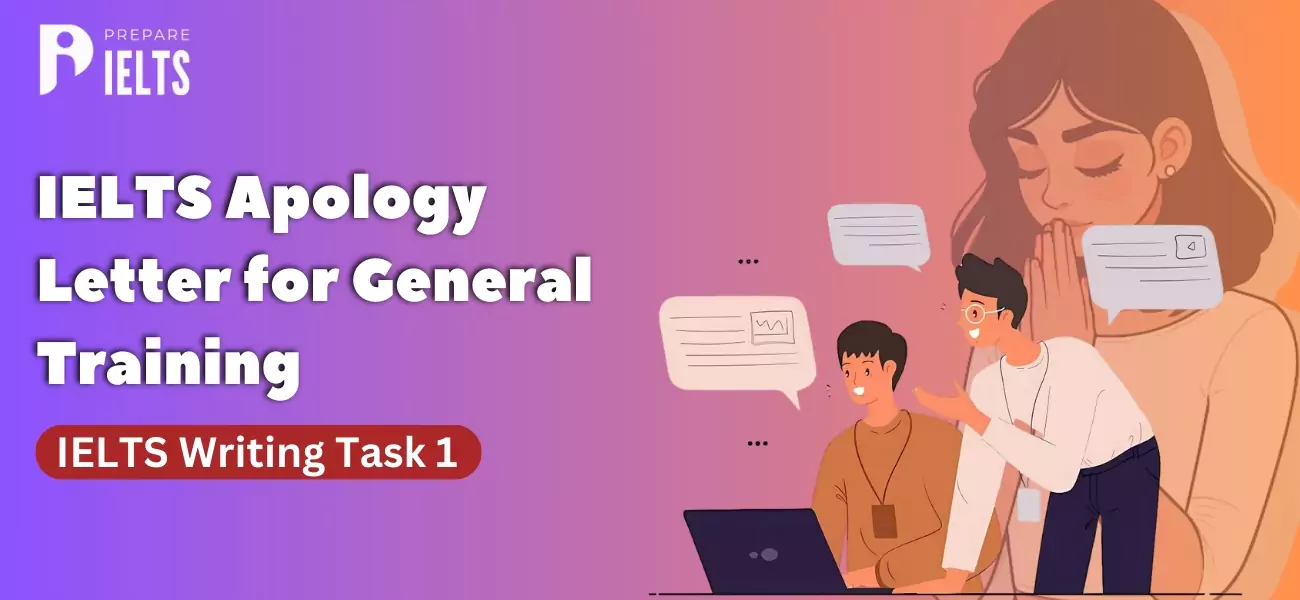
IELTS Apology Letter for General Training: IELTS Writing Task 1
2024-09-25 16:38:03
-

Minimum IELTS Score for Australia: Student Visas, Universities, and PR in Australia
2024-09-23 18:09:51
-
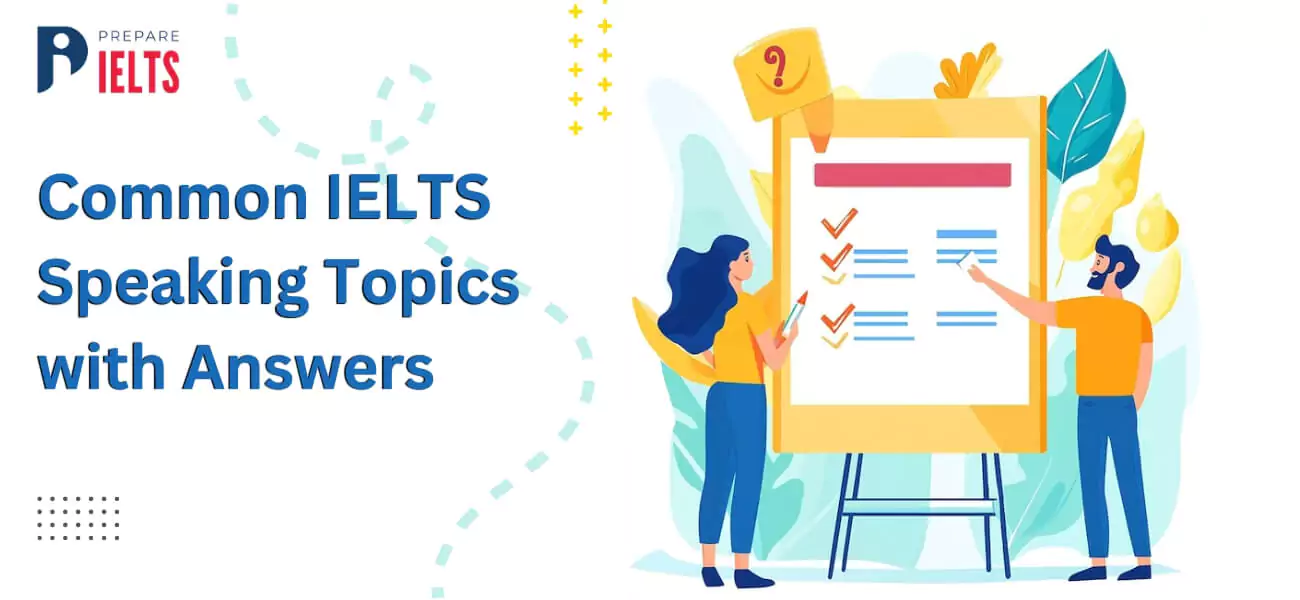
Common IELTS Speaking Topics with Answers
2024-09-20 18:21:56
-

Describe a foreign culture that you like: IELTS speaking cue card
2024-09-18 16:14:11
-

Describe a Rainy Day IELTS Speaking cue card
2024-09-18 11:11:32
-
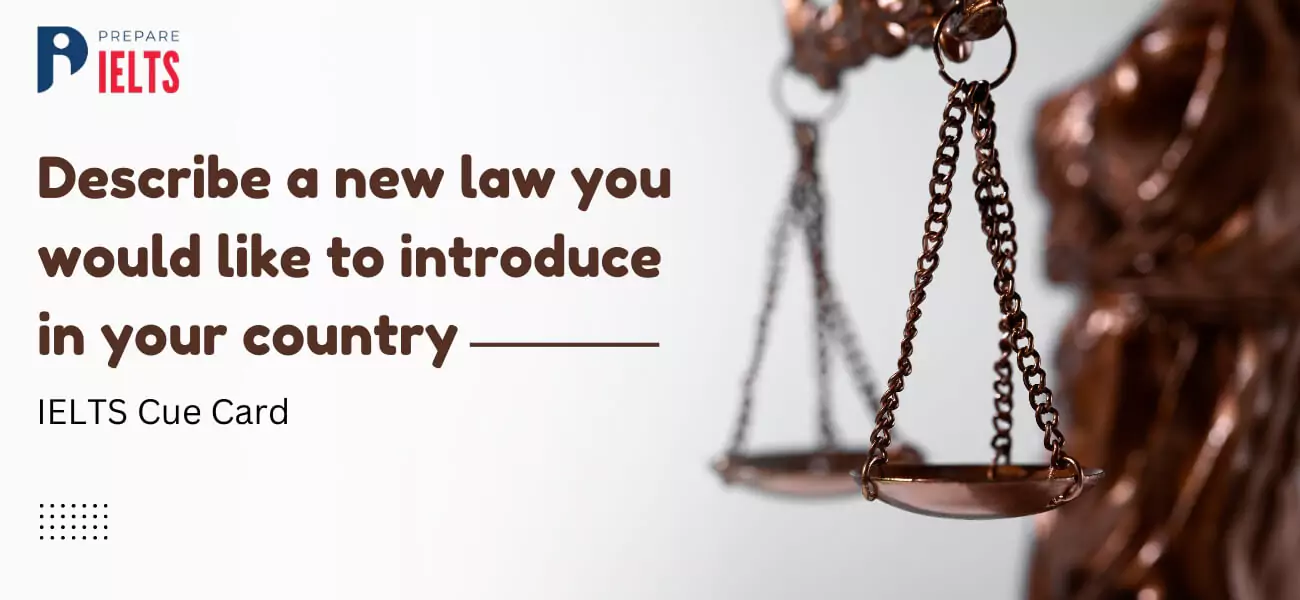
Describe a new law you would like to introduce in your country IELTS cue card
2024-09-13 17:17:46
-
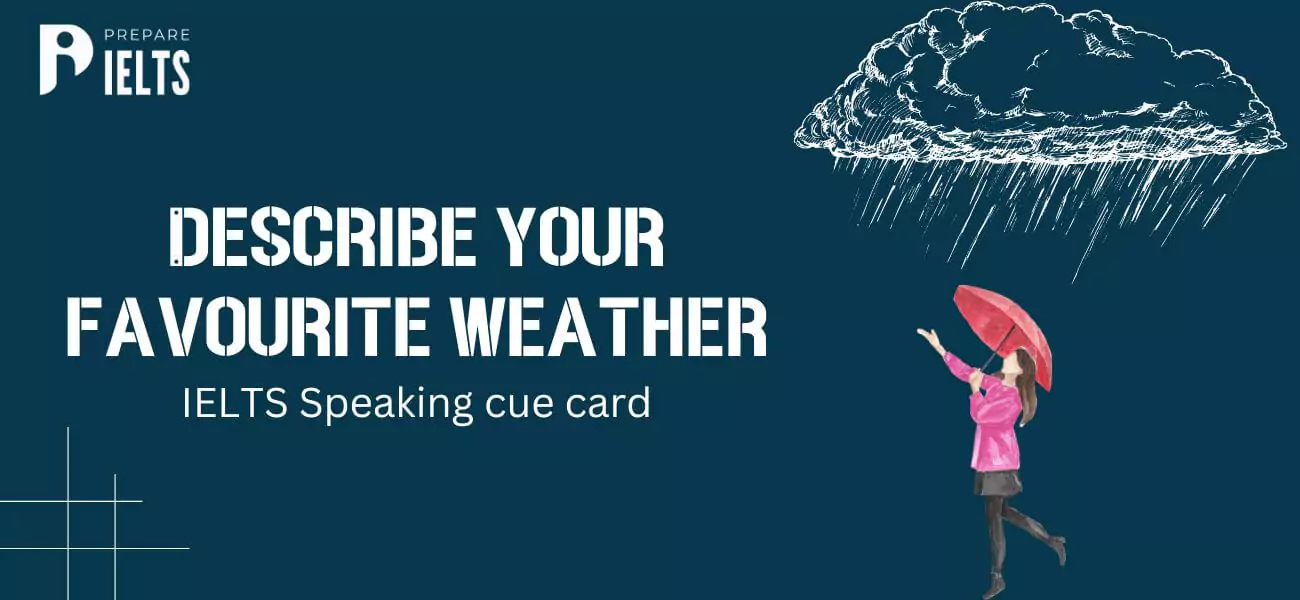
Describe your favourite weather: IELTS cue card
2024-09-11 18:01:28
-

Describe an enjoyable journey by public transport: IELTS cue card
2024-09-09 18:05:45
-
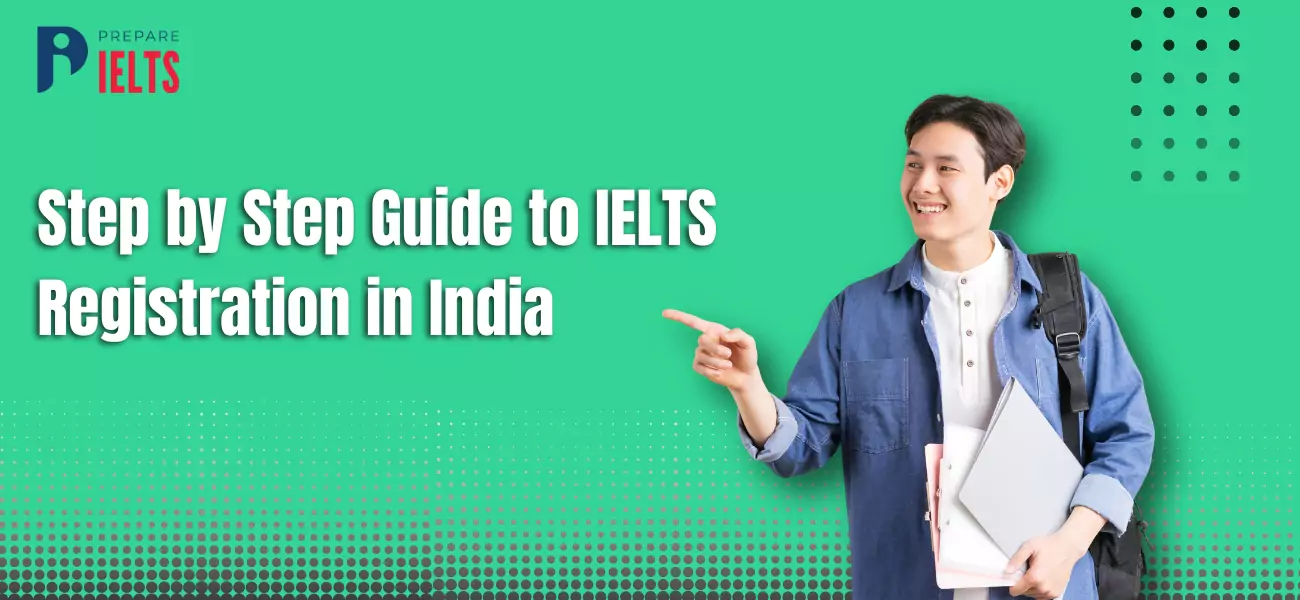
Step-by-Step Guide to IELTS Registration in India for the Year 2024 & 2025
2024-09-07 12:59:51
